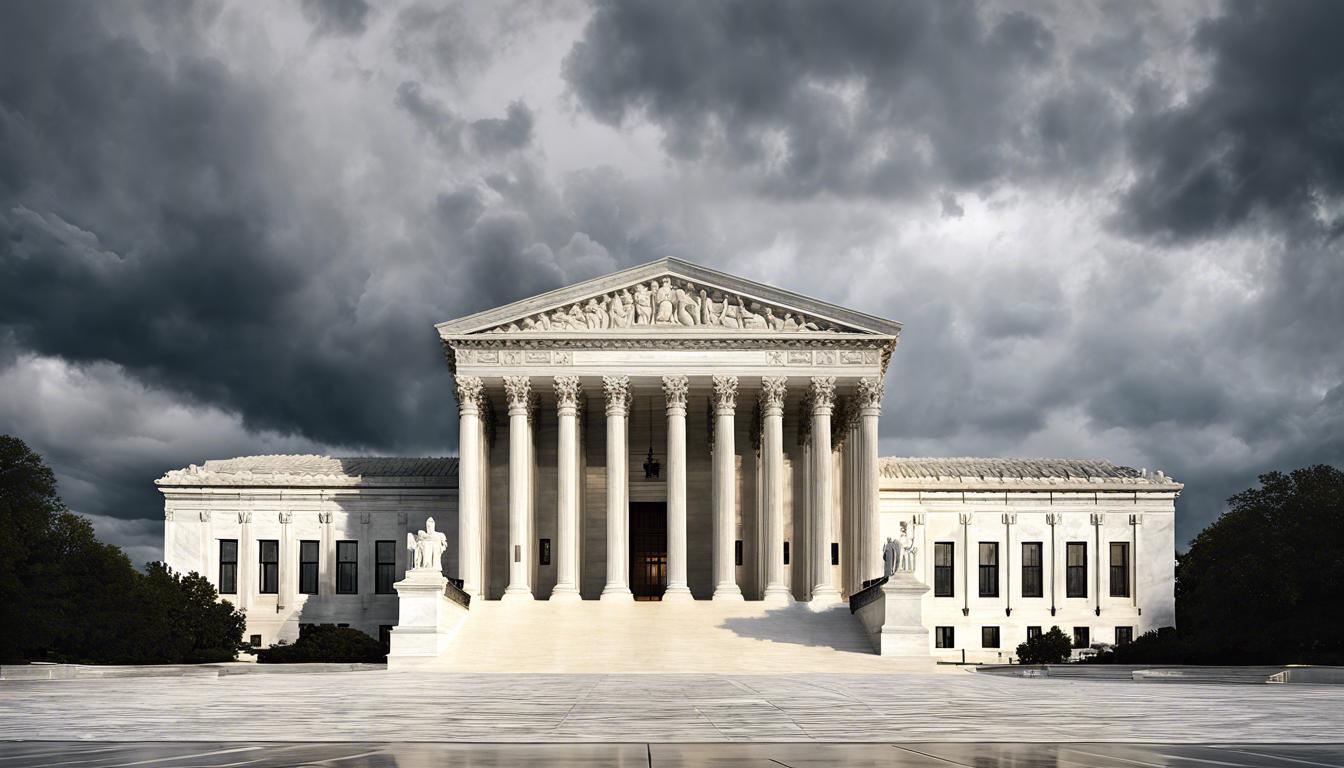Associate Justice Clarence Thomas was notably absent from the Supreme Court’s oral arguments on Monday, with no explanation given, raising further questions about transparency at the Court.
On Monday, Associate Justice Clarence Thomas of the U.S. Supreme Court was absent from oral arguments and did not participate through any remote means. Chief Justice John Roberts acknowledged his absence but did not provide a reason for it. Thomas’ lack of participation was noted without the usual disclosure of cause, which is generally expected by court practice. He will remain informed about the cases through briefs and transcripts.
This instance has attracted attention as Justice Thomas, aged 75 and the longest-serving current member of the Court since his appointment in 1991, had been previously hospitalized for an infection two years earlier. However, he managed to continue his judicial duties during that time by participating in cases despite not attending court sessions.
The absence and the lack of disclosed reasons have raised questions regarding transparency at the Supreme Court. This is particularly notable given past criticisms about the Court’s openness, such as issues surrounding justices’ personal and financial connections to cases. Previously, Justice Thomas faced scrutiny over undisclosed relationships, such as his friendship with Republican donor Harlan Crow, which led to a non-binding code of ethics for the justices.
Justice Thomas’ recent unexplained absence has thus highlighted ongoing concerns about transparency and accountability within the highest U.S. legal body.













